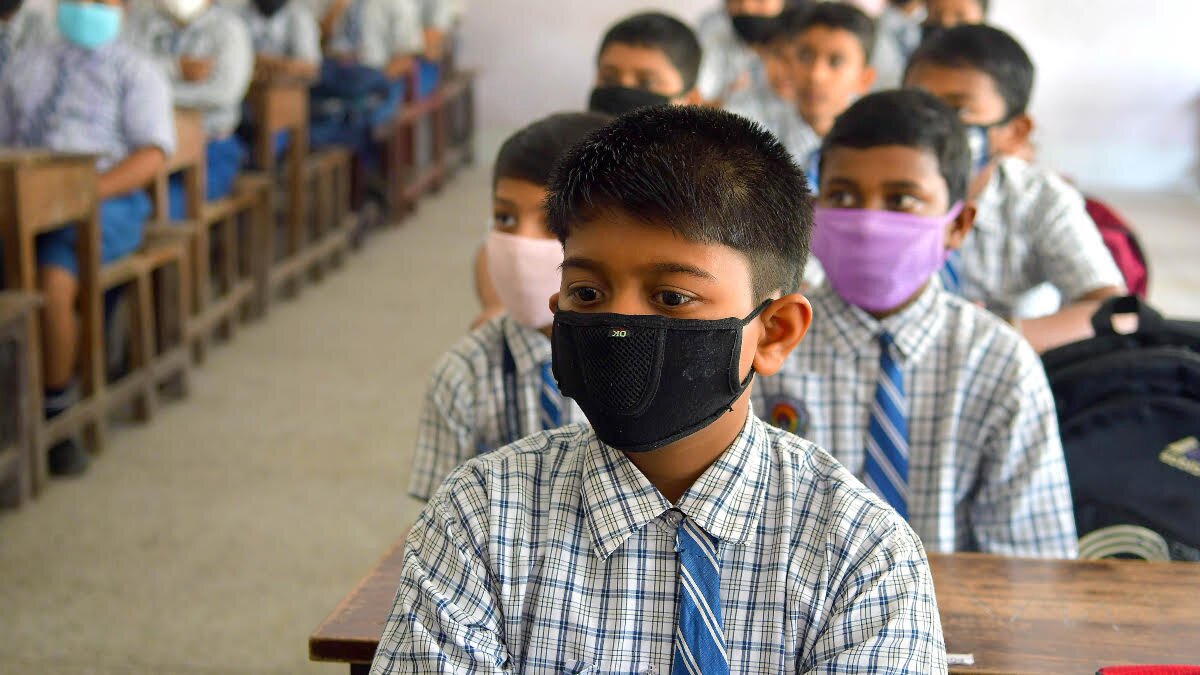Schools and colleges should be a safe haven where gullible young minds gather to learn and build up their career to become responsible citizens. With COVID pandemic at its peak around the world, students of all age groups have been trying to converge to the virtual world. However, sooner or later schools and colleges are bound to reopen, and during that time, parents might not be confident of sending their wards to school.
In order to resolve this issue, Mamta Aggarwal Rajnayak, a seasoned retail analytics expert at a leading global IT services company and Samarth Rajnayak, a seasoned risk management expert at a leading international bank, are proposing on a machine learning-based intelligent smart school administration system using computer vision and IoT. Not only this system can assist in monitoring students for the post-COVID norms but can also prevent crime against students within school premises, which has become an issue of grave concern.
Also Read: IoT-Based Meter Helps Bengaluru Residents Reduce Water Wastage
Smart School Administration System — How It Works?
The advent of COVID lockdown has completely altered the way the entire world operates, especially for education sectors and the students involved. “Everyone is adapting to this new normal. Children of all ages are being exposed to the virtual world of education; however, is this sustainable,” asked Rajnayaks. It is expected that with COVID situation improving, schools and colleges will reopen sooner or later. “But aren’t we, as parents, going to be constantly concerned about our children’s safety and hygiene,” said Rajnayaks.
School is one of the very few places where parents trust their children’s well-being. However, it is practically not possible for schools to individually monitor every student within the school premises for the adherence of the necessary hygiene and safety norms. And thus, the Smart School Administration System (SSAS), based on an AI framework supported by IoT, computer vision and machine learning models is a critical need, which can enable better child hygiene, safety and security at school premises.
SSAS allows school administrators to connect all their possible devices, such as cameras, machines, property facilities, and fleets; networks; and even people to sensors and controls, to collect necessary data for the system to work. The system can then intelligently feed the data obtained into ML algorithms to draw intelligent insights and trigger an alert on a probable device before its occurrence.
“In simple terms, by connecting everyday objects, sending and receiving data on a near real-time basis and triggering alerts by leveraging computer vision and machine learning, it can intelligently interpret this data. This in turn can enable the system to efficiently and precisely ensure a child’s safety,” explained Rajnayaks.
The storage and formatting data would form a part of the information component, which will include the physical storage such as cloud/fog and data manipulation devices such as Databricks, Spectrum, Hadoop, Teradata etc.
This smart school administration system uses simple concepts leveraged in basic IoT devices — such as internet-connected to the school cameras that allow posting pictures online with a single click; home automation systems that manage the home lighting system as programmed; and wristbands that share your location with family/friends.
“We envisage to integrate a tracking device such as RFID tag on existing ID cards to enable real-time location tracking of all students, staff members and visitors within the school premises and connect this system with COVID prevention apps like Arogya Setu which can help in identifying staff members/visitors at risk,” said Rajnayaks. The systems proposed to be installed at the school entry gates, using computer vision technology can automatically detect people not wearing masks, measure body temperature etc. to circumvent the entry of any person with related symptoms.
Also Read: The Problem With Including AI In School Curriculum
How Can The AI FrameWork Help Schools In The Post-COVID World?
Besides monitoring students, the automation of the system would also optimise the cost substantially by repurposing/limiting the number of security guards required at various points within the school premises. Given that the schools already have a record of people accessing their premises through issued ID cards, that data can be easily leveraged to enhance the system to the framework’s advantage. This system would also be supplemented by restricted area access, i.e., earmarking certain areas where access is possible through card swipe only to minimise the exposure.
Besides, the system would be integrated with the existing timetable or the schedule of each student as determined at the beginning of the academic session. Also, with the system, all the areas in the school can be monitored all the time to ensure specified social distancing and the clubbed computer vision approach with machine learning models will help the administrators to predict if anyone is about to breach the social distancing norms or doing illegal activities.
“The system would also be programmed to cover secluded spots like washroom areas and can also be programmed to set a maximum duration timer before sending the alert,” said Rajnayaks. “The system will act as a means to ensure that movement of all students and members of the staff remains consistent without posing a hindrance to their free movement.” As a by-product, the system would always be a ready register attendance, which not only would mark the presence but also the duration of stay, late entry, etc. thereby rendering any other system of attendance redundant.
The system will come with several benefits like — getting school students back on-premise post-COVID; automating school systems to optimise school cost and resources; prevent crime against students within the school premises; and reduce stress among parents leading to better health and productivity.
“A system like this is critical and indeed needs a lot of dedication and thoughtfulness to create something as valuable as this. It would also need a lot of investment which is always a constraint for any R&D project,” concluded Rajnayaks.





















































































